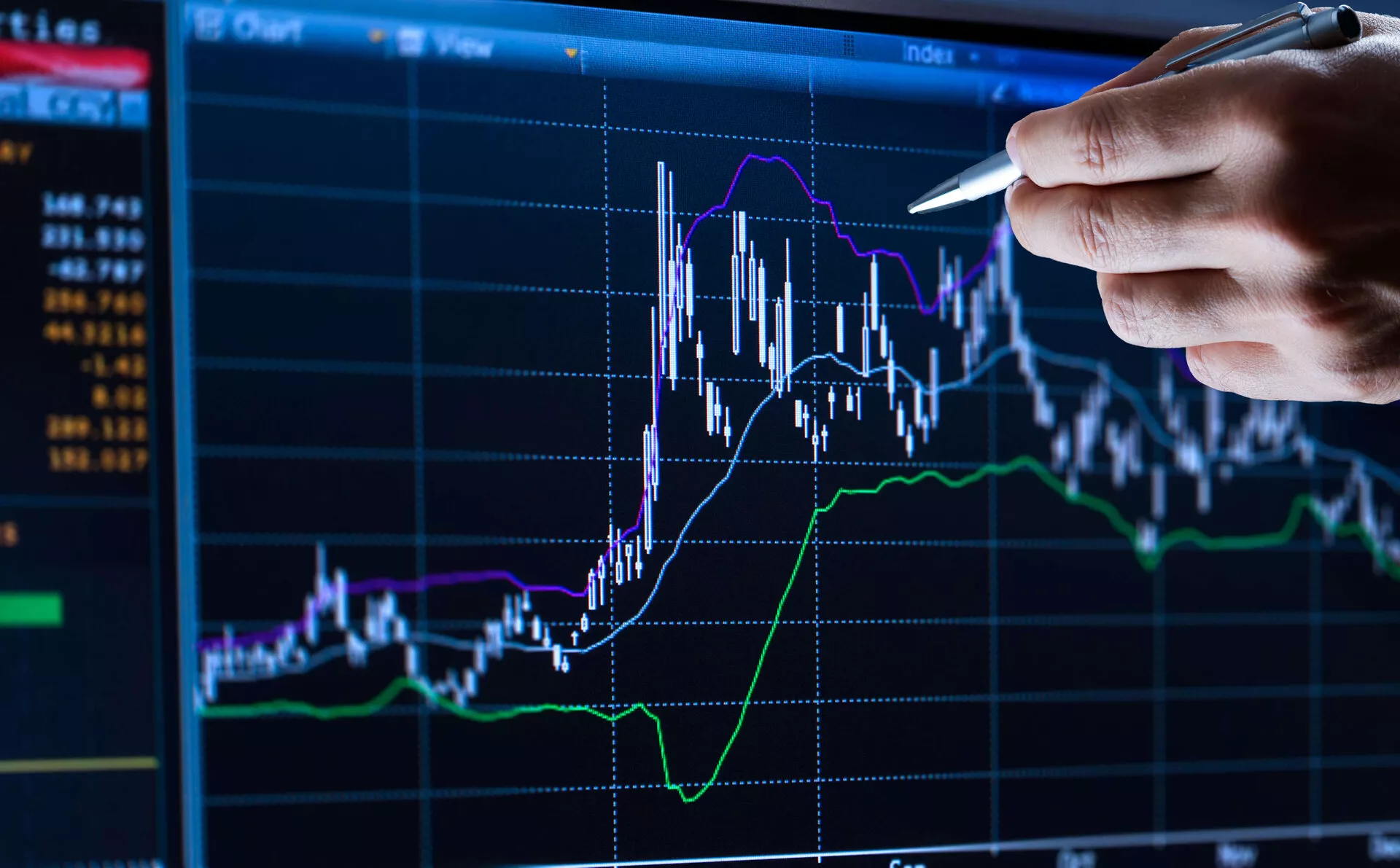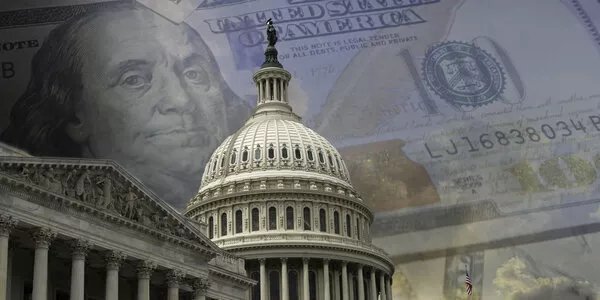
Weekly Update - Money supplied
Data releases across the globe have set new records in recent months. Initially, they reflected the overnight shift from steady growth to lockdown and recession. And then, as countries began to see coronavirus cases falling and felt emboldened to reopen their economies, business and household confidence began to recover sharply. In the US, June saw 4.8 million new jobs created, taking unemployment down from a high of 14.7% in April to 11.1%. And in the euro zone, the composite Purchasing Manager Index (PMI) for June hit 48.5 points (50 marks the dividing line between expansion and contraction), up from 13.6 in April.
However, we shouldn’t read too much into month-on-month data at this stage – statisticians face enormous difficulties in measuring activity during this worldwide pandemic. For example, the Bureau of Labour Statistics – which publishes the US jobs report – has recognised that recent months’ surveys have overstated the fall in unemployment. Moreover, June’s jobless rate remains well above the peak registered during the Great Recession at 10.0% in October 2009.
In addition, month-on-month (MoM) changes can be rather meaningless at turning points. As illustrated in the left-hand chart, US manufacturing production has bounced sharply MoM. However, the right-hand chart shows just how far below previous output levels we remain. PMI surveys can also be somewhat misleading. Companies are simply asked if activity levels are higher, the same or lower than the previous month – when factories were closed the month before, even modest output would mark an improvement and skew the survey results higher.
Turning now to the ECB, the latest meeting saw policy-makers increase the size of the Pandemic Emergency Purchase Programme (PEPP) from €750bn to €1,350bn. However, the key passage in the minutes was a discussion about the “proportionality” of the PEPP. This was significant because one of the charges laid by German Constitutional Court at the ECB’s door was that they did not appear to have taken the proportionality of their measures into account. By including this analysis in the minutes which are publicly available, the ECB is enabling the German government and the Bundesbank to go back to the court with reassurance that their demands have been met.
The Fed’s minutes were also significant, but for different reasons. In recent months, investors have speculated that the Fed would follow the Bank of Japan and Reserve Bank of Australia and adopt a policy of “yield-curve control”. This involves a central bank communicating an explicit yield target – say 0.7% for 10-year Treasuries – and undertaking to buy as many bonds as necessary to keep yields around that level. In practice, a credible commitment often proves sufficient, enabling the central bank to scale back its purchases. The transcript revealed that the Fed has decided against this policy, meaning that it will continue to buy Treasuries in vast quantities. This will of course keep yields low but, crucially, it also means that the Fed will continue to absorb a sizable part of the Treasury’s borrowing needs to finance the Administration’s enormous COVID-19 related deficits.
Bottom line. We believe that lockdown restrictions will only be lifted gradually by governments to avoid a worsening of the pandemic, thereby slowing the pace of recovery. Indeed, some states in the South and West of the US have tightened restrictions again in light of the rapid second wave of virus infections. However, recent events have provided comfort that the ECB and Fed will continue to use their virtually unlimited firepower to keep rates low and liquidity abundant in markets.





